Parallel Lines
Parallel lines are two lines that are always the same distance apart and will never meet. They have the same slope and will never intersect, no matter how far they are extended.
When two lines are parallel, they have the same slope but different y-intercepts. The equation of a line in slope-intercept form is y = mx + b, where m is the slope and b is the y-intercept.
For example, if the equation of one line is y = 2x + 3, then the equation of a parallel line would be y = 2x + 5. The slope (2) is the same, but the y-intercept (3 and 5) is different.
Parallel lines are important in geometry and in everyday life. They can be found in shapes such as rectangles, where the opposite sides are parallel, and in roadways, where the lanes are parallel to each other.
It's important for students to understand the concept of parallel lines as it lays the foundation for more advanced geometric and algebraic concepts.
[Parallel] Related Worksheets and Study Guides:
.◂Math Worksheets and Study Guides Kindergarten. Shapes
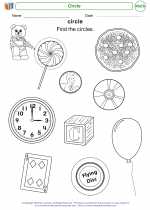
 Coloring Worksheet
Coloring Worksheet
 Coloring Worksheet
Coloring Worksheet
 Coloring Worksheet
Coloring Worksheet
 Coloring Worksheet
Coloring Worksheet
 Coloring Worksheet
Coloring Worksheet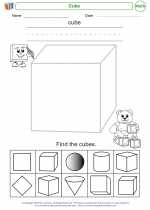
 Coloring Worksheet
Coloring Worksheet
 Coloring Worksheet
Coloring Worksheet
 Coloring Worksheet
Coloring Worksheet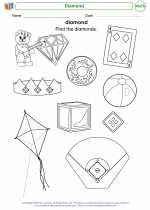
 Coloring Worksheet
Coloring Worksheet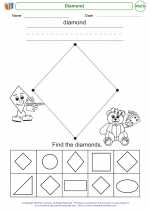
 Coloring Worksheet
Coloring Worksheet
 Coloring Worksheet
Coloring Worksheet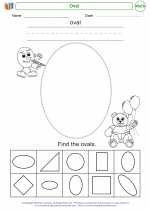
 Coloring Worksheet
Coloring Worksheet
 Coloring Worksheet
Coloring Worksheet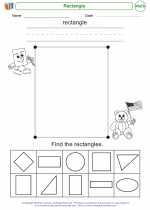
 Coloring Worksheet
Coloring Worksheet
 Coloring Worksheet
Coloring Worksheet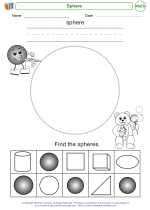
 Coloring Worksheet
Coloring Worksheet
 Coloring Worksheet
Coloring Worksheet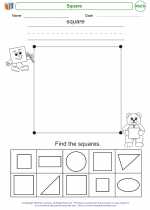
 Coloring Worksheet
Coloring Worksheet
 Coloring Worksheet
Coloring Worksheet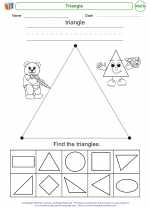
 Worksheet/Answer key
Worksheet/Answer key
 Worksheet/Answer key
Worksheet/Answer key
 Worksheet/Answer key
Worksheet/Answer key
 Worksheet/Answer key
Worksheet/Answer key
